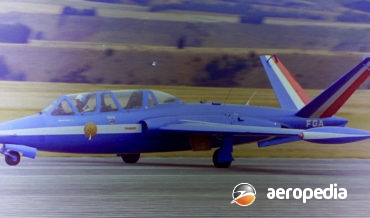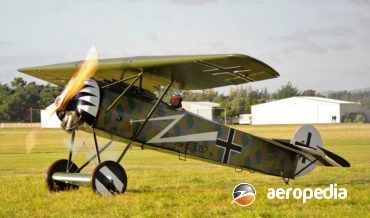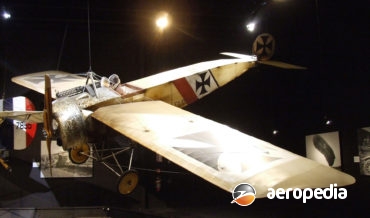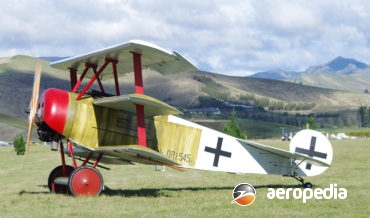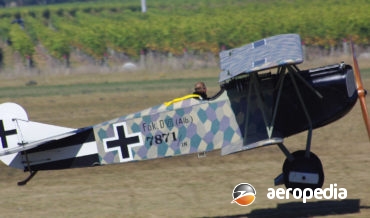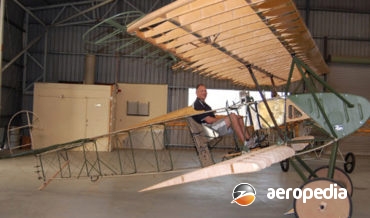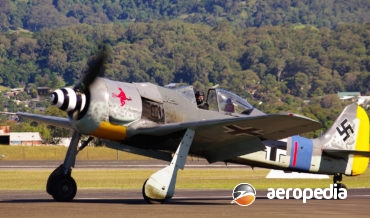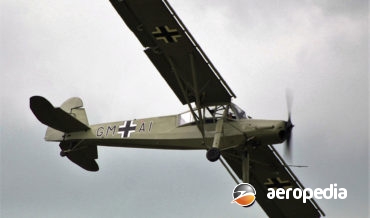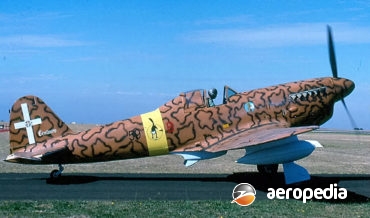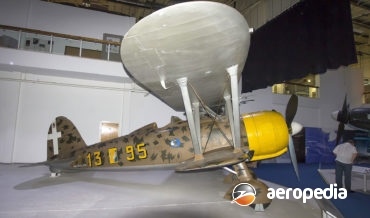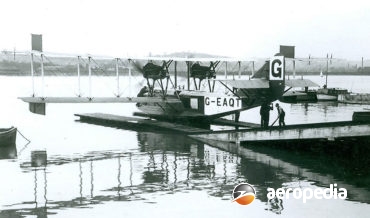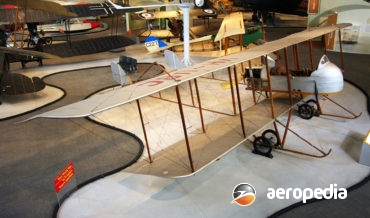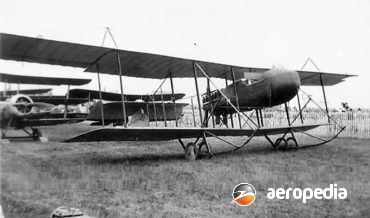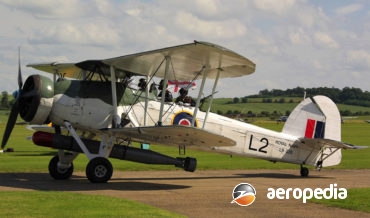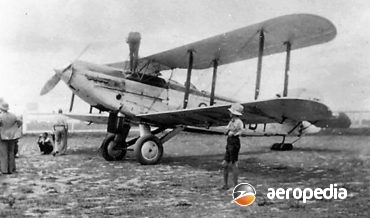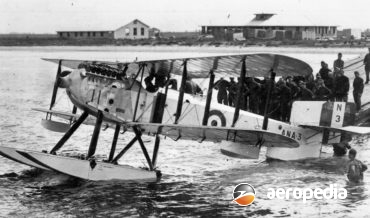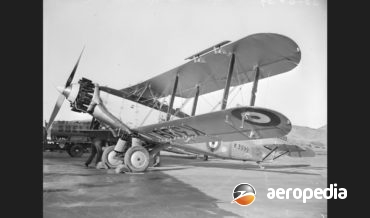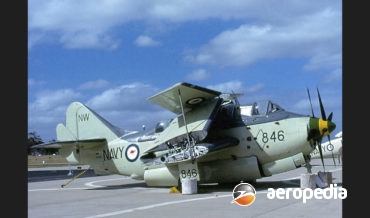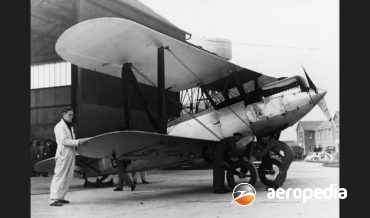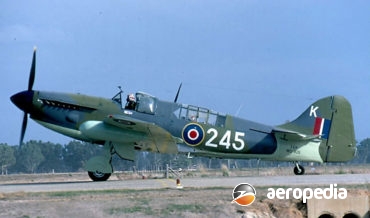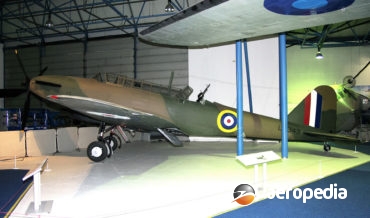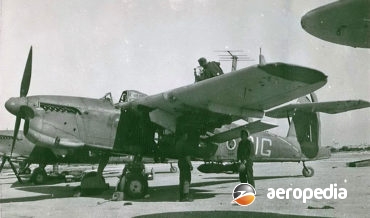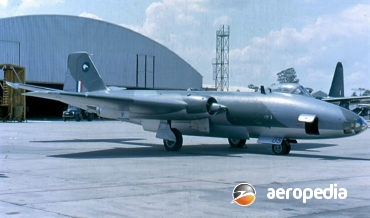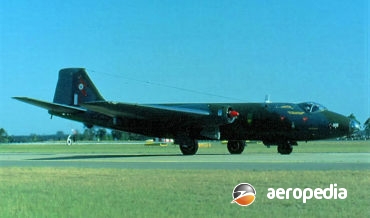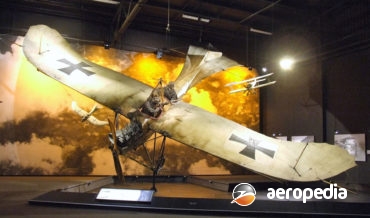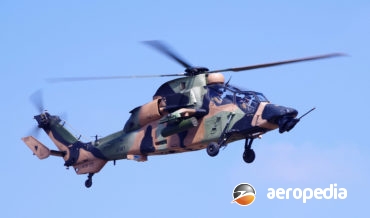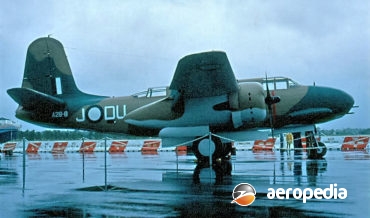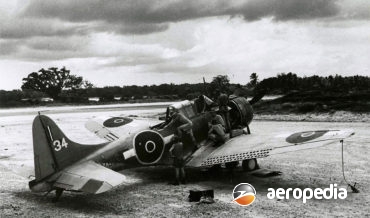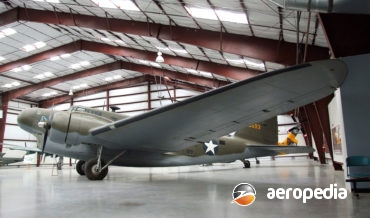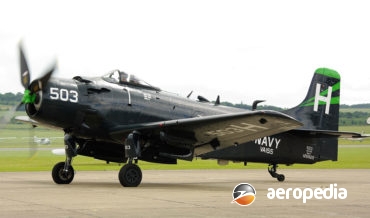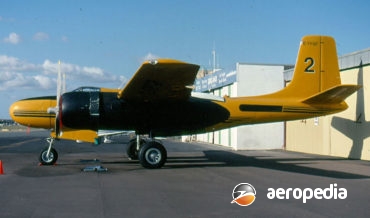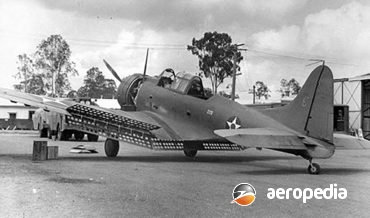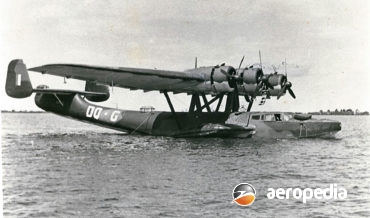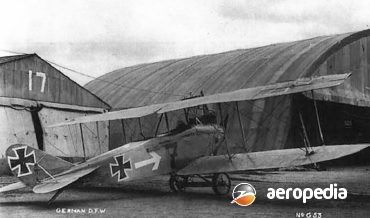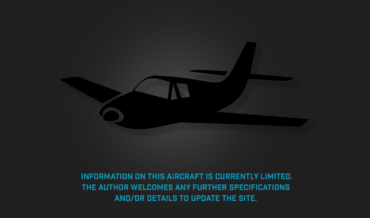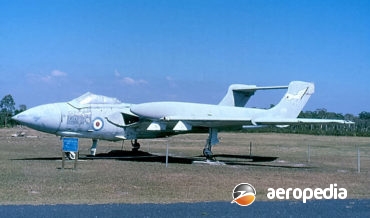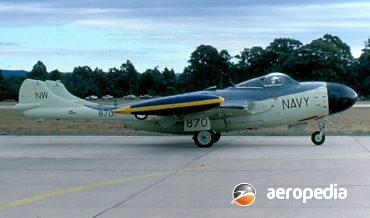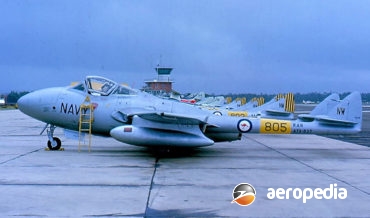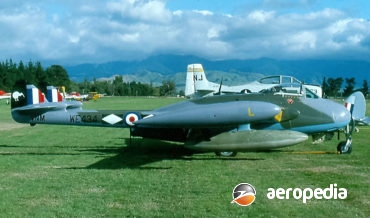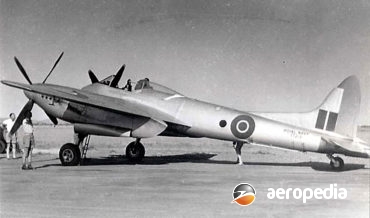All Contents
Contents
One of the most successful military turbojet powered trainers, the Magister was produced in large numbers, some 437 being completed for the French Air Force, and it was licence built, being produced in Finland by Valmet OY (62), Israel by Israel Aircraft Industries (36), and West Germany by Flugzeug Union
David C. Eyre
- May 19, 2019
The Fokker D.VIII, initially known as the Fokker E.V, parasol fighter, was designed by Anthony H G Fokker and differed from most designs of the time in being a monoplane.
David C. Eyre
- May 19, 2019
The E.III was a single-seat fighting scout produced by Fokker to meet the requirements of the German Air Force in World War I.
David C. Eyre
- May 19, 2019
Although one of the most famous aircraft of World War I, the Dr 1 was not in fact one of the great combat aircraft of that era.
David C. Eyre
- May 19, 2019
In January 1918 comparison tests were made by the German Army Air Service to obtain an aeroplane with technical superiority over the enemy.
David C. Eyre
- May 19, 2019
The Fokker D.I and D.IV were developments by Fokker of the M.18 prototype, the D.I being the production variant of the M.18z, the ‘z’ indicating Zweistielig, meaning a two strut or two bay biplane.
David C. Eyre
- May 19, 2019
The FW 190 was designed by Kurt Tank, technical director of the Focke Wulf Flugzeugbau, and was one of the most successful fighter aircraft of World War II, commencing life powered by a two-row BMW radial engine, final variants being powered by Junkers Jumo in-line engines.
David C. Eyre
- May 19, 2019
In 1935 the Technical Office in Berlin (RLM) issued a specification for a two-three seat multi-purpose communications aircraft to exploit the latest aerodynamic high-lift devices providing short field capability.
David C. Eyre
- May 19, 2019
Late in World War II the Fiat company in Italy designed the G-55 Centauro single-seat fighter powered by the Daimler Benz DB-605 12-cylinder VEE liquid-cooled engine, and this aircraft, although built in relatively small numbers, fought very successfully with the Fascist Republican Airforce.
David C. Eyre
- May 19, 2019
The CR.42 was designed by Celestino Rosatelli and was a development of the CR.32 fighter, and the experimental CR.41 of 1936, and was the last single-seat biplane fighter built by any of the combatants for World War II.
David C. Eyre
- May 19, 2019
The Felixtowe F.3 (also known as the Porte Felixtowe F.3), the prototype of which made its first official flight on 9 February 1917, was one of a series of large flying-boats built for the Royal Navy.
David C. Eyre
- May 19, 2019
The Farman brothers, Henry and Maurice established a collaborative business to produce aircraft, although they retained their independent activities. In 1910 Maurice began experimentation with a design which lead to the Farman MF-7, an unequal-span biplane with a multiplicity of struts and bracing wires and fitted with a pusher engine,
David C. Eyre
- May 19, 2019
General Hirschauer, the Director of military aviation in France in 1915, sought that the Farman brothers, Henry and Maurice, design an aircraft to replace the MF-7 and MF-11 and they designed it around a cockpit which was ovoid in shape and was suspended between the wings and had a more
David C. Eyre
- May 19, 2019
The Swordfish had its genesis in 1932 when Fairey built a two-seat torpedo bomber/three-seat spotter reconnaissance biplane as a private venture.
David C. Eyre
- May 19, 2019
The Fairey IIIF shared little, apart from a structural similarity, from the Fairey Fox.
David C. Eyre
- May 19, 2019
The Fairey III was a very successful military general purpose biplane of the1920s which was built in a variety of models.
David C. Eyre
- May 19, 2019
The Fairey Gordon was a development of the Fairey IIIF, and in fact was originally known as the IIF Mk V, but had the Armstrong Siddeley Panther engine in lieu of the Napier Lion.
David C. Eyre
- May 19, 2019
Known initially as the Fairey Type Q, the prototype of the Fairey Gannet (VR546) flew for the first time on 19 September 1949, the second prototype (VR557) flying on 6 July 1950.
David C. Eyre
- May 19, 2019
The Fairey Fox revolutionised the design of aircraft in the 1920s and was very successful in its role as a light-bomber for the Royal Air Force.
David C. Eyre
- May 19, 2019
The Firefly was designed as a shipboard two-seat fighter and reconnaissance aircraft around the then new Rolls Royce Griffon engine by Herbert Chaplin and the prototype (Z1826) flew for the first time on 22 December 1941.
David C. Eyre
- May 19, 2019
The Battle was designed as a two-seat single-engine monoplane day-bomber able to carry 452 kg (1,000 lb) of bombs for 1,609 km (1,000 miles) at 322 km/h (200 mph).
David C. Eyre
- May 19, 2019
The Barracuda was one of a number of designs put forward to meet specification S.24/37 in January 1938 for a long-range torpedo bomber.
David C. Eyre
- May 19, 2019
As noted elsewhere, the Canberra was Britain’s first jet bomber and was exported to a number of operators and licence built in the USA and Australia.
David C. Eyre
- May 19, 2019
The Canberra, designed by W S W Petter, one of the most successful jet bombers of the post-war era, was chosen by the RAAF for licence production in Australia.
David C. Eyre
- May 19, 2019
The Taube (Dove) was designed and built by Igo Etrich in Austria in 1908 and became well liked for its performance and handling. Rights to the design were then obtained by the German Government and Rumpler Luftahrzeugbau GmbH of Berlin received a contract to build 20 examples.
David C. Eyre
- May 19, 2019
Known as the “Aussie Tiger”, the Eurocopter Tiger in late 2001 was named by the Australian Government as the winner of the Air 87 Programme to supply the Australian Army with 22 armed reconnaissance helicopters.
David C. Eyre
- May 19, 2019
In 1936 the El Segundo Division of the Douglas Aircraft Company designed a new attack bomber known as the Model 7A.
David C. Eyre
- May 19, 2019
The Dauntless was a Northrop design which originated in 1938, the company subsequently being absorbed into the Douglas Aircraft Corp, and the Northrop XBT-2 became the Douglas XSBD-1.
David C. Eyre
- May 19, 2019
In 1934 the US Army Air Corps sought a new bomber with twice the bomb load of the Martin B-10. Douglas submitted a design to meet the specification using the basic design of the DC-2. Designs submitted were the Boeing 299, the Martin 146 and the Douglas DB-1, each
David C. Eyre
- May 19, 2019
The Douglas XBT2D-1 was designed in the early 1940s and was first flown in prototype form (BuAer 09086) on 18 March 1945 by LaVerne Brown, the type entering service as the AD-1 in 1946 and commenced service in the Korean War with the US Navy and US Marine Corps.
David C. Eyre
- May 19, 2019
Design of the A-26 Invader (renamed B-26 in 1948) is attributed to a team led by Ed Heinemann at the Douglas Aircraft Company’s El Segundo plant, the prototype flying for the first time on 10 July 1942.
David C. Eyre
- May 19, 2019
The A-24 series was designed as a dive-bomber variant of the Dauntless but did not achieve the fame of that aircraft and, after a number of not particularly successful operations, was relegated to the training and support roles.
David C. Eyre
- May 19, 2019
The DO 24 was a tri motor, high-wing all metal construction cantilever flying boat with sponsons, the latter containing much of the fuel which was fed to gravity tanks in the wings.
David C. Eyre
- May 19, 2019
Deutsche Flugzeug-Werke (DFW) produced the C.V during World War I, this being one of the best two-seat fighters built during that conflict.
David C. Eyre
- May 19, 2019
In the late 1930’s the RAAF was operating a small fleet of Supermarine Seagull V biplanes for reconnaissance, air-sea rescue, and general operations and was having problems keeping the aircraft airworthy. The wings were built of metal and with operations on salt water corrosion was causing problems.
David C. Eyre
- May 19, 2019
Originally designed as a land-based all-weather fighter for the RAF in competition with the Gloster Javelin, the Sea Vixen, or DH-110, was flown in prototype form (WG236) on 26 September 1951, a second aircraft (WG240) joining the test programme on 25 July 1952, both aircraft being built in the Experimental
David C. Eyre
- May 19, 2019
Flight testing conducted in 1947 with a de Havilland Vampire powered by a Ghost engine in place of the Goblin led to design refinements by de Havilland.
David C. Eyre
- May 19, 2019
Designed as a private venture, the de Havilland Vampire two-seat trainer was a development of the Vampire single-seat fighter-bomber. Known as the DH-115 Vampire T.11, the first of two prototypes (G-5-7 – later WW456) was flown for the first time on 15 November 1950.
David C. Eyre
- May 19, 2019
The prototype of the Venom series (VV612) was flown for the first time on 2 September 1949, and subsequently it was built in two main variants, the FB Mk 1 and the FB Mk 4, some 383 and 150 examples of each model respectively being built for the RAF.
David C. Eyre
- May 19, 2019
Following the success of the Mosquito, de Havilland prepared a new design intended to be a long-range medium-altitude single-seat fighter which could also be used as an unarmed photo-reconnaissance aircraft, or as a fighter bomber.
David C. Eyre
- May 19, 2019
Recent Comments
Archives
Categories
- No categories
Categories
- No categories
Latest Posts
Newsletter

